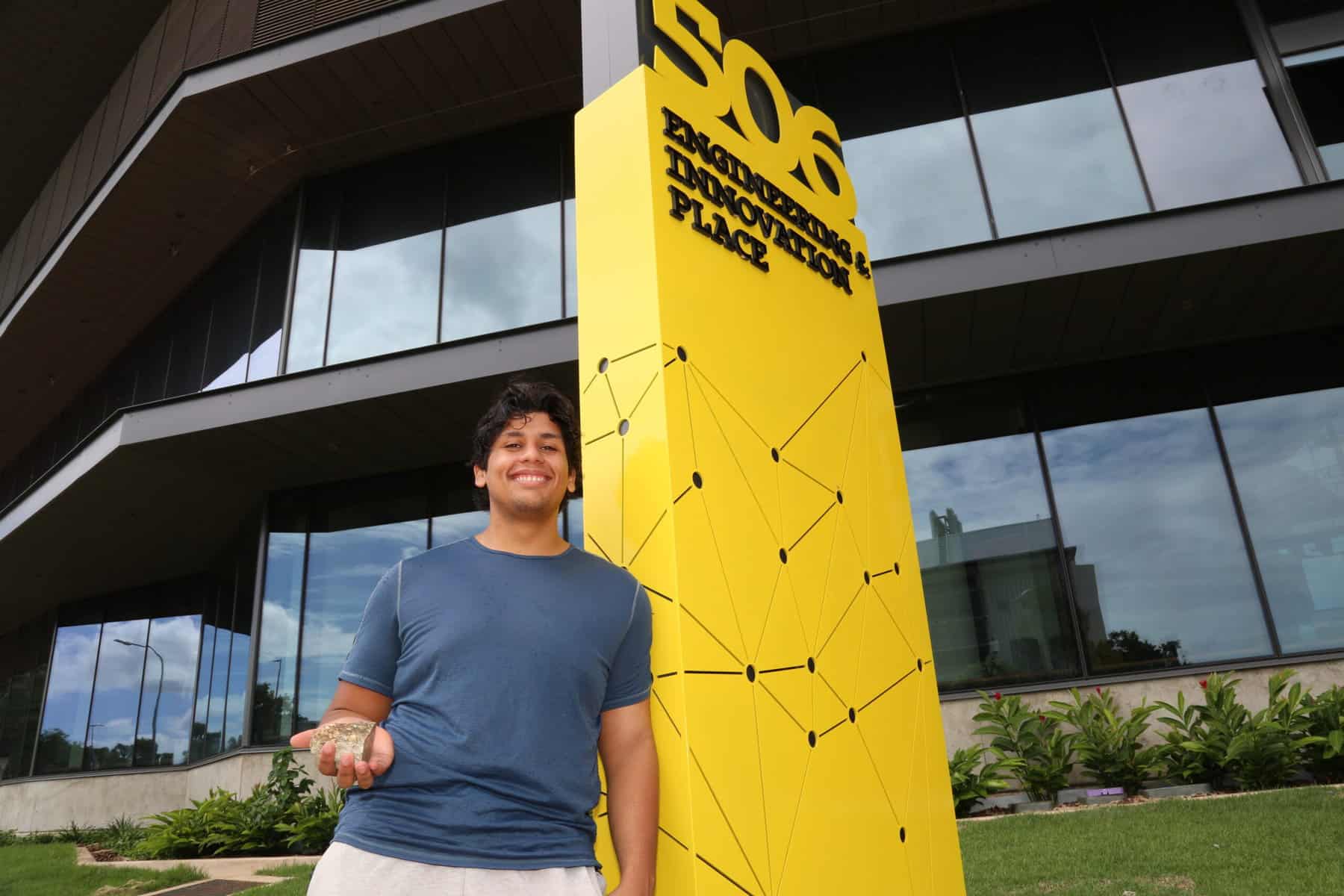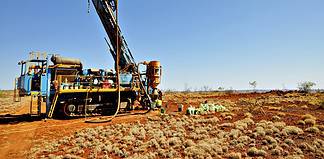Australian critical minerals projects given another $50m

The Federal Government has approved nearly $50m in grants to proceed critical minerals projects, including those belonging to Australian Energy Storage Solutions, IGO, International Graphite, Magnium Australia, Australian Strategic Materials and Queensland Pacific Metals.
Federal Resources and Northern Australia Minister Madeleine King says the projects will speed up and help Australia and its export partners lower emissions and meet net-zero commitments by 2050, along with diversifying supply chains and build domestic downstream processing.
“The successful projects will create jobs and opportunities across regional Australia and help Australia realise its ambitions to be a clean-energy superpower,” she said.
“The 13 projects to receive funding under the Critical Minerals Development Program grants include plans to produce key inputs to lithium-ion batteries for electric vehicles and to support supply chains for advanced manufacturing for aerospace, medical, energy and defence applications.
“The grants will support Australia’s new Critical Minerals Strategy, to be released shortly and which will outline how Australia can capture the significant opportunity of growing its critical minerals processing sector.
“Australia has remarkable potential to meet the increasing global demand for the critical minerals needed for clean energy technologies, such as electric vehicles and batteries, as the world moves to decarbonise.”
Minerals Council of Australia (MCA) chief executive Tania Constable says Australia’s opportunity increases with new jobs, regional development and economic growth when the mining, processing and manufacturing industries integrate and work together.
“The [Critical Minerals Development] Program recognises the diverse mineral and metal inputs and how the mined materials get processed, refined and come together as active components of batteries and solar panels as well as aerospace, medical, energy and defence technologies,” she said.
“Grants support the mining, processing and refining of raw materials, including heavy rare earths, tungsten in WA, and cobalt in Queensland, recognising the links between mining and manufacturing.
“The [Federal Government] is also supporting investment in the processing, refining and manufacture of energy chemicals and metals used in energy technologies such as batteries, wind turbines, electric motors, solar panels and nuclear facilities.
“The MCA looks forward to the release of the government’s new Critical Minerals Strategy. “A cohesive strategic investment strategy is critical to unlocking Australia’s remarkable potential along the energy technology value chain.”
This second tranche of grants under the Program provides funding to help progress early to mid-stage critical minerals projects towards financing and production.
The successful projects are located in:
WA
$5.5m to Australian Energy Storage Solutions Pty Ltd for a pilot to set up Australia’s first precursor cathode active material manufacturing plant in Kwinana;
$4.6m to IGO Ltd to support its integrated battery material facility at Kwinana, which will produce high value nickel-cobalt-manganese precursor cathode active material;
$1.2m to Tungsten Metals Group Pty Ltd for the production of ferrotungsten powders for advanced manufacturing for aerospace, medical, energy and defence products;
$4.7m to International Graphite Ltd to support the International Graphite WA Mine to Market battery graphite materials project;
$5.9m to Northern Minerals Ltd to support its Browns Range heavy rare earths project at Halls Creek;
$1m to Tungsten Mining NL to support test work for its Mount Mulgine tungsten project;
$6.25m to Magnium Australia Pty Ltd to commercialise CSIRO-patented technology for clean extraction of magnesium metal, and a magnesium refinery pilot plant in Collie.
NSW
$6.5m to Australian Strategic Materials Ltd for its Dubbo project, to support mining, separation and refining, and production facility for critical minerals including neodymium, praseodymium, dysprosium, terbium, zirconium, niobium, and hafnium;
$2.0m to Clareville Pty Ltd for testing and scale up on its novel flotation separation additive which increases recovery of key critical minerals, such as lithium, cobalt and vanadium, by 50%, with no increase in carbon emissions or environmental impacts;
$2.9m to Ecograf Ltd to support a graphite qualification facility at Lucas Heights.
QLD
$5m to Queensland Pacific Metals Ltd for the engineering and design for phase 1 of a full-scale refinery for its Townsville energy chemicals hub;
$1.2m to High Purity Quartz Ltd to support a pre-feasibility study for a project to build a solar PV grade quartz sand processing facility and a silicon metal production facility to establish solar PV cell manufacturing in Townsville;
$2.2m to Evolution Mining Ltd to support Ernest Henry operations to retrieve cobalt from mine waste.
In other news, the Federal Government today announced it is investing $14m in Australian-made solutions for energy and emissions challenges by establishing the Powering Australia Industry Growth Centre to strengthen the nation’s renewable energy industries.
Federal Industry and Science Minister Ed Husic says the aim is to build an agile, industry-led approach to growing Australia’s renewable technology industry.
“Industry Growth Centres are a proven way of delivering the sort of timely and targeted support to our renewable business leaders are calling for,” he said.
“There’s $3b in the National Reconstruction Fund for the renewable and low-emissions energy industries.
“Today’s announcement will help maximise that investment.”







































